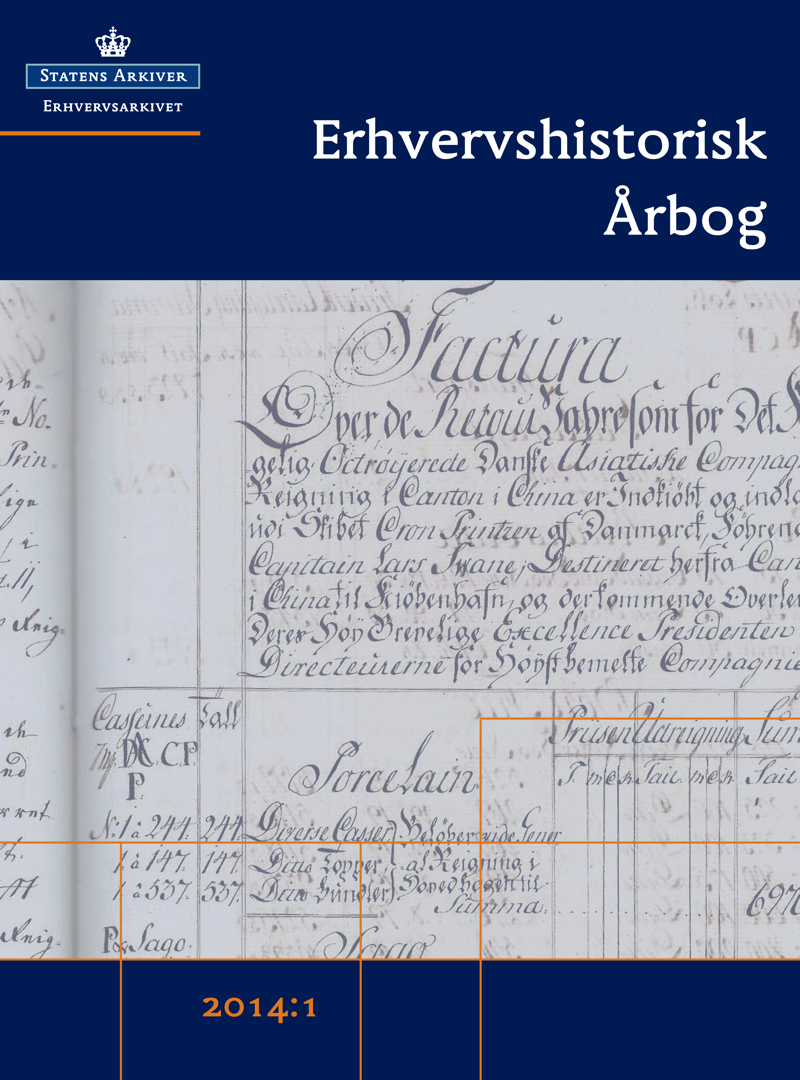Teknologiskift i den danske marinemotorbranche 1895-1980
Resumé
Den danske – og skandinaviske – marinemotorbranche udviklede sig anderledes end i mange andre lande.. Dels var Danmark meget tidlig i motoriseringen af fiskerflåden, dels gav de mindre enheder i det skandinaviske fiskeri grobund for udvikling af en nordisk specialitet: totakts råoliemotoren. Fra 1913 og frem stod marinemotorproducenterne principielt med valget mellem tre typer, når de skulle producere motorer; firtakts- og totaktsglødehovedteknologi og dieselteknologi. Skiftet mellem disse teknologier skete forskudt fra fabrik til fabrik, og alle tre teknologier var derfor i markedet samtidig. Artiklen påviser en opdeling i markedet i indre og ydre farvande, hvor den ”forældede” teknologi efter introduktionen af en mere effektiv fortrak til de mindre kraftkrævende indre farvande. Dette skete for både firetakts- og totaktsglødehovedteknologien. Samtidig påviser artiklen, at fiskernes valg mellem forskellige producenter i mindre grad blev afgjort af lokal loyalitet og mere af det egentlige behov.
Shift in technological focus in the Danish marine motor industry 1895-1980
The Danish marine motor industry evolved together with its Scandinavian counterparts along totally different lines than the rest of the world. This is partly due to the fact that especially Denmark was very quick to motorize its fishing fleet, partly due to the smaller vessels which allowed the development of a Scandinavian specialty: the two-stroke crude oil engine. From 1913 an onwards the manufactory of marine engines could incorporate three different technologies: the four and two stroke hot bulb engine and the diesel engine. The shift between these technologies happened independently from one manufacturer to the other, and all three technologies were thus available at the same time. This paper demonstrates a division of the market into two: the outer and inner Danish waters. When a more efficient technology gained entrance in the market, the “outdated” retreated to the inner waters, where fishing demanded less power. This is true for both the four- and two stroke hot bulb engines. The paper also demonstrates that the choice between different manufacturers was based on the demand of their chosen waters and less on local loyalty.
Downloads
Publiceret
Citation/Eksport
Nummer
Sektion
Licens
Ophavsret til artikler publiceret i Erhvervshistorisk Årbog er fastlagt i henhold til den modelaftale, License to publish, som UBVA har offentliggjort under rubrikken Ophavsret og forskningspublicering. Indsendelse af en artikel til Erhvervshistorisk Årbog indebærer en accept af dette. Modelaftalen kan findes ved hjælp af dette link: http://www.ubva.dk/Forside





